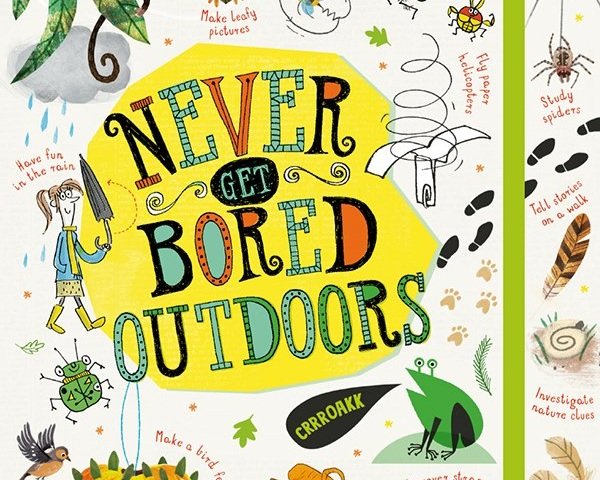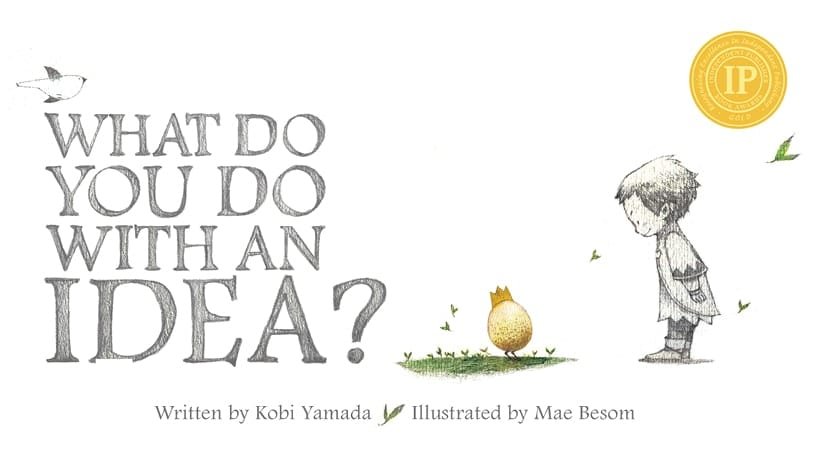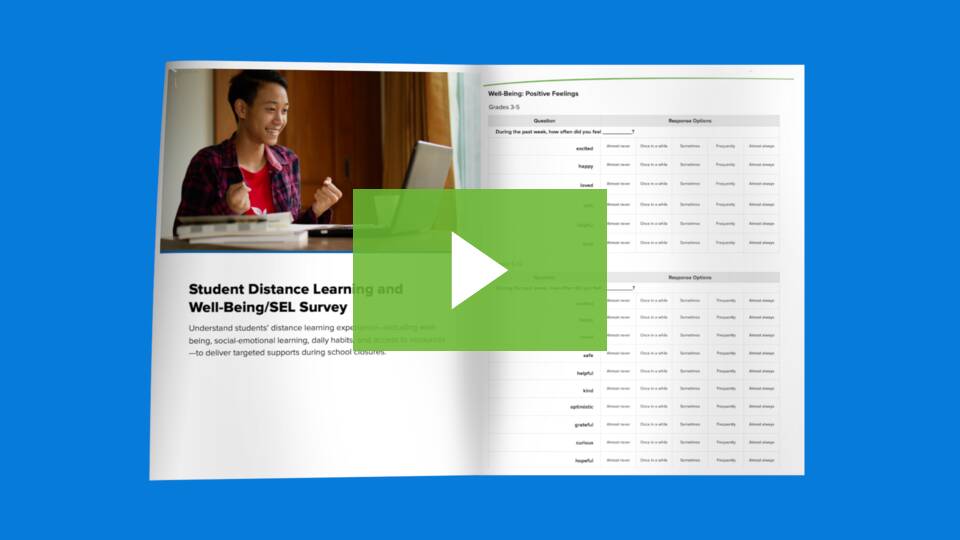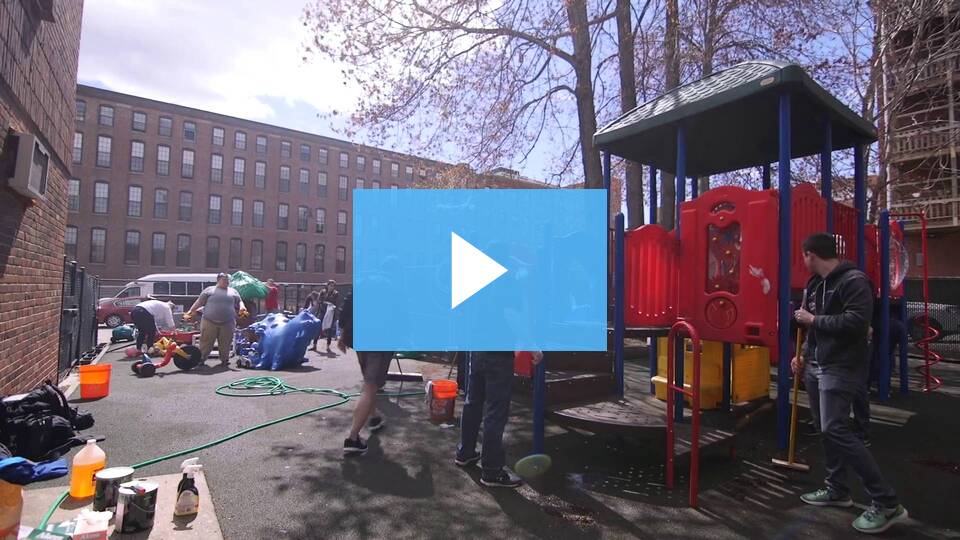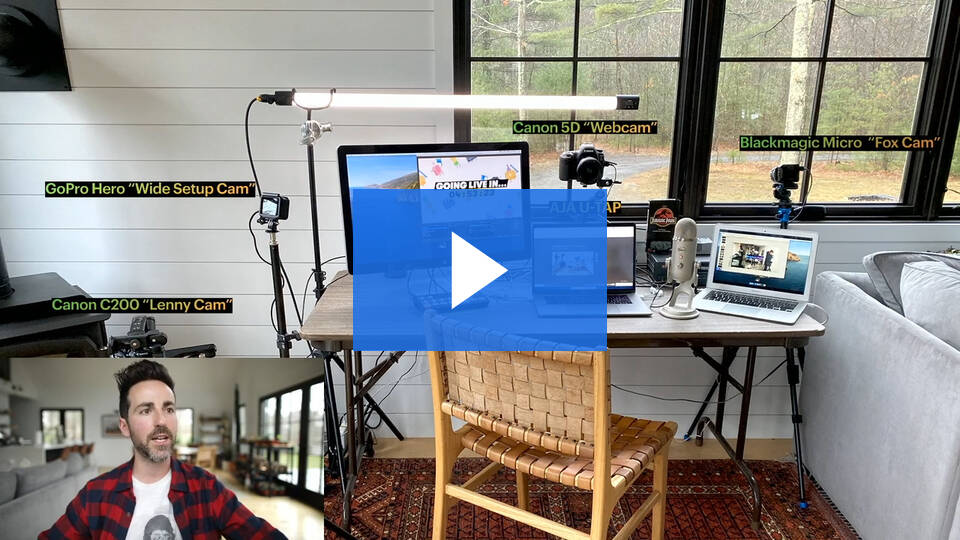Alright here it is, my most researched topic to date, nine years and counting. Bedtime reading is serious time in our house and we sometimes test the limits of our library check outs (so far 71 books out is ok), but finding books to help inspire and encourage curiosity in my kiddo’s as they grow is one of my favorite things to do.
So if you know a kid that you want to help spark or drive their creativity, check out some of these books!
Ish
‘Ish’ is the story of a boy who loves to draw, but gets discouraged when his older brother makes fun of his drawings. He soon discovers his sister loves what he makes and offers him a whole new way at looking at the world. He realizes that not everything he does needs to be perfect and he can be creative without limiting himself.
Written and Illustrated by:
Peter H Reynolds LINK
2. The Book of Mistakes
This is one of those books that makes you think twice about your own process of creating work. This story follows the creation process and the all too real moments of mistakes that occur. However they show that being creative isn’t about NOT making mistakes, but rather about finding intentional solutions during the process.
Written & Illustrated: Corinna Luyken LINK
3. If Found Please Return
Elise Gravel is an amazing artist who not only has a style that is simple, but really connects with kids. The first time I saw this book it reminded me exactly of the kind of drawings my 7-year old makes of aliens and monsters. She’s written so many amazing books, with “If Found” being a great introduction to all the work. The book is a collection of her muses, thoughts and messages to encourage children to embrace themselves, be authentic and create more. She also has this entire series on crows, like the bird, and now my son is convinced crows are the most amazing creatures on earth. Good crow PR.
Written & Illustrated: Elise Gravel LINK
4. Boxitects
Great book that inspires the builder in children. The book is about a little girl who loves building things with boxes and everyone in her world uses different materials to make things. She ends up learning how to deal with working on a team with someone that may be more talented than you.
Written by Kim Smith LINK
5. The Cardboard Kingdom
An awesome comic book geared towards kids that is about all having your creations and imaginations come alive in the world. Great lessons about friendship and going through challenges together, as well as how to express yourself through creativity. My nine year old devoured this book (as well as Doodleville) and it was a great change from his normal brain-eating-zombie literature.
Written by Chad Sell LINK
6. Dog Loves Drawing
Cute book about a dog whose drawings come to life and go on an adventure. Great for teaching kids to really imagine what their creative work can lead to if they let it grow as well as how to tell stories with your artwork. And if the little ones like this book, Louise Yates has a few more with our hero Dog.
Written & Illustrated: Louise Yates LINK
7. Drawing on the Wall
Keith Haring is one of those artists that you don’t know but you do know. I’ve seen his line art on shirts and in pop culture and used by other artists - but never knew of the person who brought this to mainstream. The book is illustrated with his style and really makes his amazing story come to life.
Written: Matthew Burgess
Illustrated: Josh Cochran
LINK
8. Never Get Bored Outdoors
Next time you hear the dreaded “I’m Bored” you can just hand the little one this. This is a fun book just packed with little ideas and icebreakers to help you figure out the next adventure that day. Written by James Maclaine, Sarah Hull, Lara Bryan ·LINK
9. What do you do with an idea?
Story about having ideas and sharing them with the world despite what other may think.
Written by Kobi Yamada, Illustrated by Mae Besom
LINK
10. Be a Maker
Inspiration and a reminder to make things every day. We go through a little girls day as she uses her imagination to play and eventually begins to build with her community and create a change in her world.
Written by: Katey Howes, Illustrated by: Elizabet Vuković LINK










